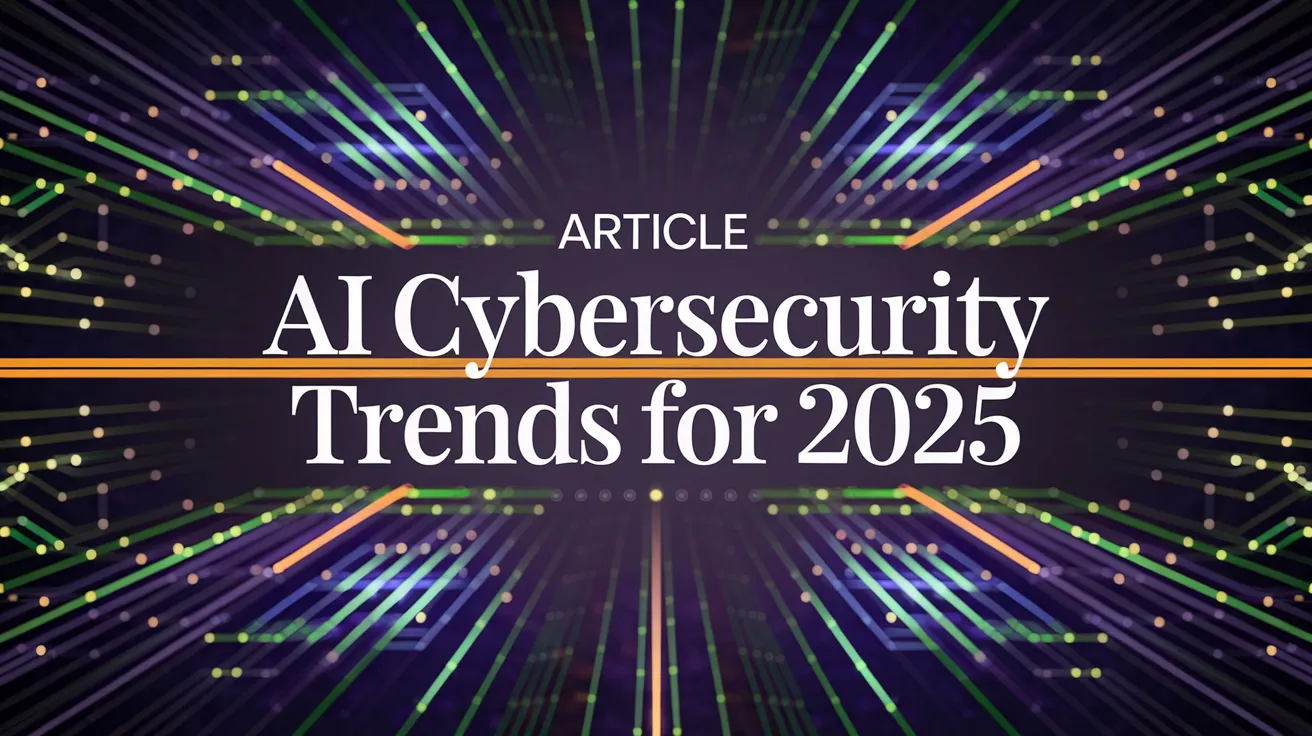AI Cybersecurity Trends for 2025

AI is rapidly transforming the landscape of cybersecurity, presenting both advanced defensive capabilities and new opportunities for cybercriminals. This article delves into emerging trends such as AI-enhanced malware, ransomware, phishing, and vishing attacks, alongside strategies employed by the cybersecurity sector to mitigate these threats. The evolving nature of this multi-billion-dollar industry aims to protect vital data while addressing the vulnerabilities created by new technologies.
AI Leads To More Sophisticated Malware And Ransomware
Data breaches are predominantly due to human error, but the threat from malicious actors remains significant. According to the ITRC Annual Data Breach Report, malware attacks affect approximately 340 million victims annually, with North America witnessing a 15% increase in ransomware incidents by 2024. Alarmingly, 59% of global organizations reported ransomware targeting in the previous year. Thus, the growing competition for visibility within cybersecurity is unsurprising.
The Rise of AI Cybercrime
While AI can serve as a cybersecurity tool, it has increasingly been adopted by cybercriminals, leading to a noticeable rise in AI-driven attacks. Searches for “AI cyber attacks” surged by 186% in recent years, highlighting how bad actors are leveraging automation and advanced techniques for more effective cybercrime. A staggering 87% of organizations have experienced AI-powered attacks in the last year, with projected costs of cybercrime expected to reach $13.82 trillion by 2032.
AI Phishing Attacks Increase
Phishing remains the most prevalent method of cyberattacks, often targeting user credentials. Surprisingly, AI is augmenting the sophistication of these attacks, enabling hackers to create more convincing scenarios that can trick individuals into divulging sensitive information. A study found a 60% success rate for AI-generated phishing attempts, comparable to human-crafted tactics, and automated systems can increase click-through rates significantly.
Introducing Vishing: Voice Phishing Attacks
Vishing, or voice phishing, has evolved alongside AI, becoming a major concern in cybersecurity. With searches for vishing dramatically increasing, AI technologies can now replicate voices with remarkably high fidelity, significantly boosting the success rate of these scams. Security incidents like the MGM Resorts cyberattack illustrate the real-world risks posed by vishing schemes. Furthermore, one cited case involved a Hong Kong finance worker tricked into transferring $25 million due to a fake Zoom call.
AI Cybersecurity Solutions Address AI Threats
In response to escalating threats, the cybersecurity field is increasingly adopting AI technologies. Many organizations report plans to integrate AI into their security measures within the next year. Generative AI has been shown to offer significant cost savings in data breach prevention. Tools such as AI voice detectors are emerging to combat voice phishing, while large investments in AI cybersecurity technology are setting the stage for a robust defense system.
AI Targets Zero-Day Vulnerabilities
AI’s potential in cybersecurity extends beyond defense; it could proactively identify zero-day vulnerabilities, which pose substantial risks to organizations. Initiatives like Google’s Project Zero are progressing in utilizing AI to uncover previously unknown vulnerabilities, marking a critical shift toward offensive cybersecurity.
Stepping Up Investments in AI Cybersecurity
The urgency of addressing AI cyber threats is reflected in the increasing investments made in this sector. Venture funding surged in 2024, and companies strive to enhance their capabilities through acquisition and innovation. Partnerships between established firms and startups are reshaping the prospects of the cybersecurity landscape, further emphasizing the importance of staying ahead of these rapidly evolving threats.
As cybercriminals evolve their tactics, legitimate organizations must equally advance their defenses. The innovations driven by AI present both challenges and solutions, and industry players are urged to maintain vigilance in the face of new and emerging threats.